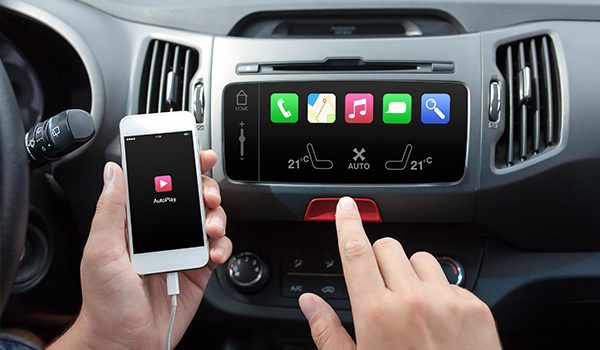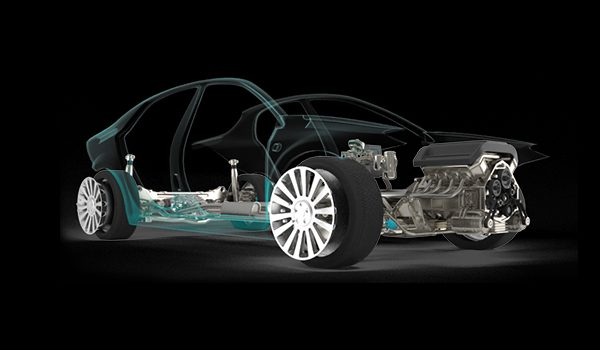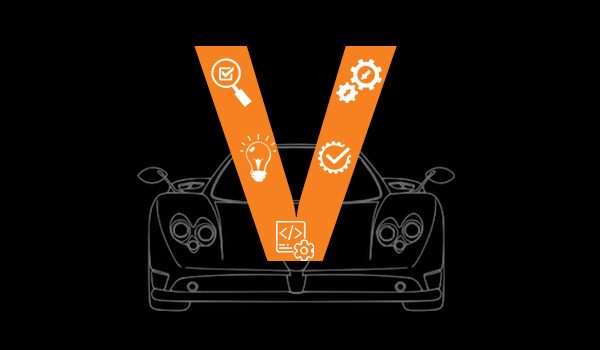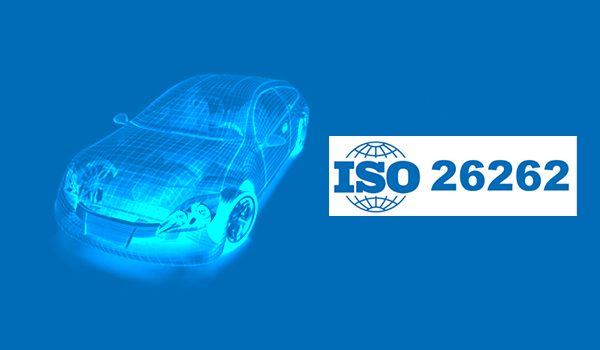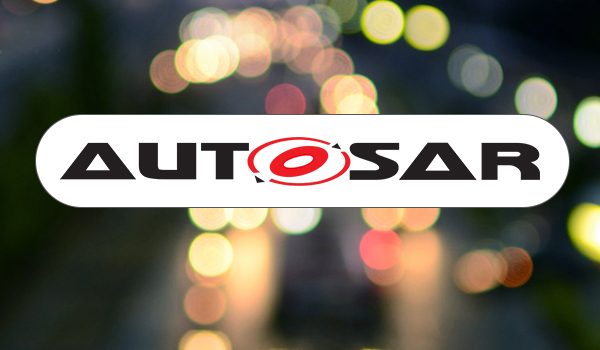Automotive Success Stories
Whether it is collaboration for Electric Vehicles, Motor Controller Development or Functional Safety Consulting, we have always strived to create Value for Automotive OEMs’ and Suppliers.
Here are some of the Highlights of our Expertise:
- Model Based Development (MATLAB) and AUTOSAR
- Motor Controller Solutions
- ISO 26262 based Functional Safety Consulting
- Ready-to-Deploy IPs’ : UDS, OBD2, CAN FD, ISOBUS, CAN, LIN, J1939 and other stacks
All our Customer Success Stories are testimonies of our value-creation partnerships across the US, UK, Europe, India, China and South Korea.
Android Infotainment, Head-
Up Display & Instrument
Cluster
Up Display & Instrument
Cluster
Electric Vehicles, FOTA &
Others
Others
Motor Control and ECU
Solutions
Solutions
Functional Safety Consulting
(ISO 26262)
(ISO 26262)
Android Infotainment & Head-Up Display
Dual-display Android Infotainment Solution Development for an Electric Vehicle Startup
Integration of SAE J1939 stack with an Android Infotainment system | In-vehicle ECU communication
PoC Development of a Laser Based and Gesture Controlled HUD
J1939 Integration and Middleware Software Development for an Android Infotainment Head Unit Solution
The Success Story of How We Delivered a Digital Instrument Cluster for Electric
Electric Vehicles, FOTA & Others
ASIL-D Compliant Hardware & Software Development for Battery Management System
Development of Network Connectivity Interface APIs for 3-Wheeler Vehicle Control Unit
48V 6-Phase PMSM Hub Motor System for Electric Two-Wheelers and Three-Wheelers
Design and Development of Application Software for Vehicle Control Unit
Hub Motor Control for Electric Two Wheelers and Three Wheelers
Design and Development of Centralized Battery Management System with LiFePO4 Battery for EV Application
BMS Platform Software Development for Tier-1 BMS Solution Vendor
Development of Fault handling Application for Media Hub with MirrorLink and CarPlay Capabilities
Firmware Over-the-Air (FOTA) Update
and Bootloader Development for an Electric Vehicle
Development of AIS 140 Compliant FOTA Enabled Bootloader Module for a Tier-1
Supplier
Development of AIS 140 Compliant FOTA Enabled Bootloader Module for a Tier-1 Supplier
Motor Control And ECU Solutions
Development of Electric Vehicle Platform ECU with Focus on EV Motor Control Applications
Development of ASIL B Compliant Electric Vehicle MCU Platform Software
Building a Customizable LED Automotive Lighting Solution for an Automotive Tier-1
Software and Hardware Development for DC-DC Converter ECU
Development of Volkswagen Specific Bootloader Development for an Automotive Tier-1 Customer
Configuration and Integration Support for ECU Communication and Diagnostics Protocols in a Telematics System
Development Of Secure Bootloader For Automotive Tier-1 Customers
Electronic Control Units ECU Software Migration for a CV Client
Electronic Control Units ECU Software Migration for a CV Client
Smart Actuator for Turbocharger – ECU Software and Hardware Development project
An End-to-End Actuator Design Solution for a Throttle Control Unit (ECU)
Bluetooth Low Energy (BLE) Stack Integration with Seating Control Unit (ECU)
Motor Control Hardware and Software Development for an Electronic Power Steering (EPS) System
Bootloader Software Development Project for Automotive Control Unit (ECU) Application
Board Support Package Implementation and Configuration for Automotive Tier-1 Suppliers
Development of a Motor Controller and an Application Layer (using MATLAB), for a BLDC Motor
Development and Testing of Electronic Steering Column Adjustment System for an Automotive Tier-1
Functional Safety Consulting (ISO 26262)
Building an ASIL D Motor Control System Based on AUTOSAR architecture
Development of ASPICE Level 2 Automotive In-Cabin Air Quality Purification ECU
ISO 26262 Consulting for a Futuristic Electric Vehicle Project
Safety Analysis (FMEA, FMEDA) for ASIL C Compliant Automotive Lighting Solution
Tessy Tool Powered Unit Testing of ISO 26262 Compliant Automotive Software
Mutation Testing of an Automotive EPS for ISO 26262 (ASIL D) Compliance
Automotive Functional Safety Consulting and FMEDA for ASIL-B Compliance of a Motor Control System
Functional Safety Compliance Of Powertrain ECU for an Electric Vehicle
Functional Safety Delivered: ASIL-D Compliant Electronic Braking System for a Global Automotive Tier-1 Supplier
Functional Safety Delivered: End-to-End Development of an ASIL-D Compliant Electronic Braking ECU
Vehicle Networking &
Diagnostics
Diagnostics
Model Based Development
(MATLAB)
(MATLAB)
Autosar
Automotive Cybersecurity

